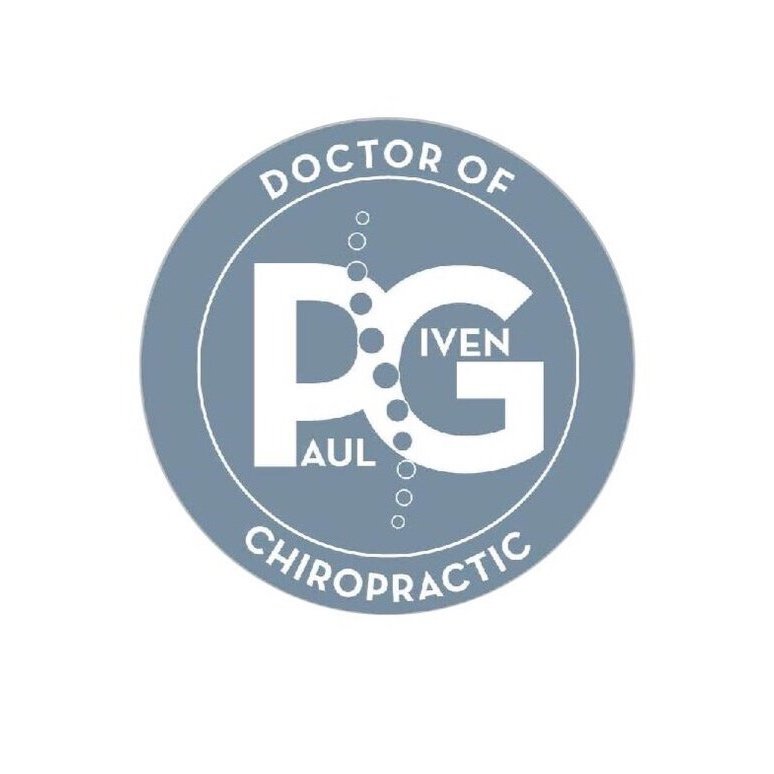Benefits of Cryotherapy for Athletes
Athletes continually participate in a variety of physical activities during training and practices. And, of course, with physical activity comes the possibility of injuries, ranging from mild to severe. According to a National Health Statistics Report from the U.S. Department of Health and Human Services, an estimated 8.6 million sports injuries occur each year.1 Every day you get on the field to practice or perform, the risk of injury is present. The good news is that cryotherapy—the use of cold to treat injuries—can offer relief and recovery for athletes looking to heal from injuries and sprains.
Cryotherapy provides numerous benefits to those seeking to quickly recover from injuries or reduce overall strain and fatigue from strenuous activity and exercise.
Here are some of the top benefits of using cryotherapy:
1. Reduced Inflammation
Inflammation is a process in which the body takes white blood cells and moves them to areas of the body where there could be potential threats, such as bacteria and viruses. This process can also cause parts of the body to swell if too much fluid builds up. With cryotherapy, excess fluids are moved away from the site, allowing fresh blood to flow back into that part of the body and reducing swelling and inflammation.2
2. Post-Exercise Recovery
After working out, the muscles in the body need time to recover. Current research suggests that overall recovery time is reduced with cold compression therapy, allowing athletes to quickly get back to their games and workouts.3 Cold compression therapy may also help ease muscle pain and reduce the likelihood of muscle damage.
3. Flexibility
Sometimes, it’s a challenge to be as flexible as you want to be, especially after rigorously working out your muscles. Studies show that cryotherapy can help relax overworked muscles and improve flexibility.4 By focusing on problem areas, cold compression therapy may help loosen the muscles relatively quickly.
4. Muscle and Tissue Repair
The muscles and tissues in the body need time to repair after being pushed to the limit or beyond. Cryotherapy can help accelerate the repair process by stimulating blood and lymphatic fluid movement, bringing much-needed nutrients and oxygen to the muscles and tissues.5 In addition, because inflammation is reduced, cryotherapy helps hasten repair and recovery.
5. Reduced Recovery Time and Injury Prevention
Injuries, tears, and some muscle strain are part of an active life. Depending on your treatment choices, you’ll either quickly get back on the field or be sidelined even longer. By utilizing the benefits of cryotherapy, you can help the body heal faster, prevent new injuries, and protect old injuries from being aggravated.6
Sources
Sheu Y, Chen LH, Hedegaard H. Sports- and recreation-related injury episodes in the United States, 2011-2014. Natl Health Stat Report 2016; (99): 1-12. https://www.cdc.gov/nchs/data/nhsr/nhsr099.pdf. Accessed April 16, 2021.
Wilke B, Weiner RD. Postoperative cryotherapy: risks versus benefits of continuous-flow cryotherapy units. Clin Podiatr Med Surg. 2003 Apr; 20(2): 307-22. https://pubmed.ncbi.nlm.nih.gov/12776983. Accessed April 16, 2021.
Waterman B, Walker JJ, Swaims C, Shortt M, Todd MS, Machen SM, Owens BD. The efficacy of combined cryotherapy compression compared with cryotherapy alone following anterior cruciate ligament reconstruction. J Knee Surg. 2012; 25, (02): 155-160. https://www.ncbi.nlm.nih.gov/pubmed/22928433. Accessed April 7, 2021.
Kalli K, Fousekis K. The effects of cryotherapy on athletes’ muscle strength, flexibility, and neuromuscular control: A systematic review of the literature. J Bodyw Mov Ther. 2019. https://pubmed.ncbi.nlm.nih.gov/32507142. Accessed April 16, 2021.
Block JE. Cold and compression in the management of musculoskeletal injuries and orthopedic operative procedures: a narrative review. Open Access J Sports Med. 2010: 105-113. https://www.ncbi.nlm.nih.gov/pmc/articles/PMC3781860. Accessed April 7, 2021.
Cold therapy (cryotherapy) for pain management. University of Rochester Medical Center. https://www.urmc.rochester.edu/encyclopedia/content.aspx?contenttypeid=134&contentid=95. Accessed April 16, 2021.
